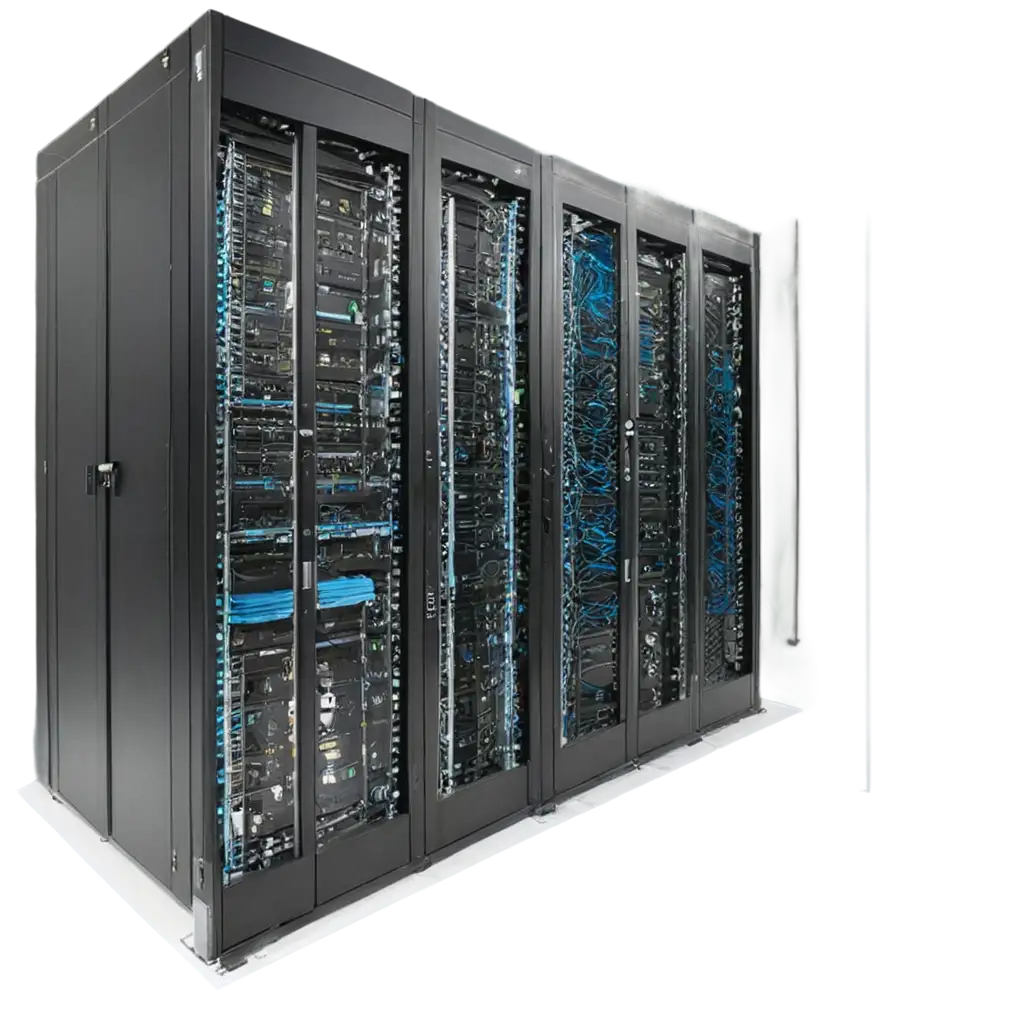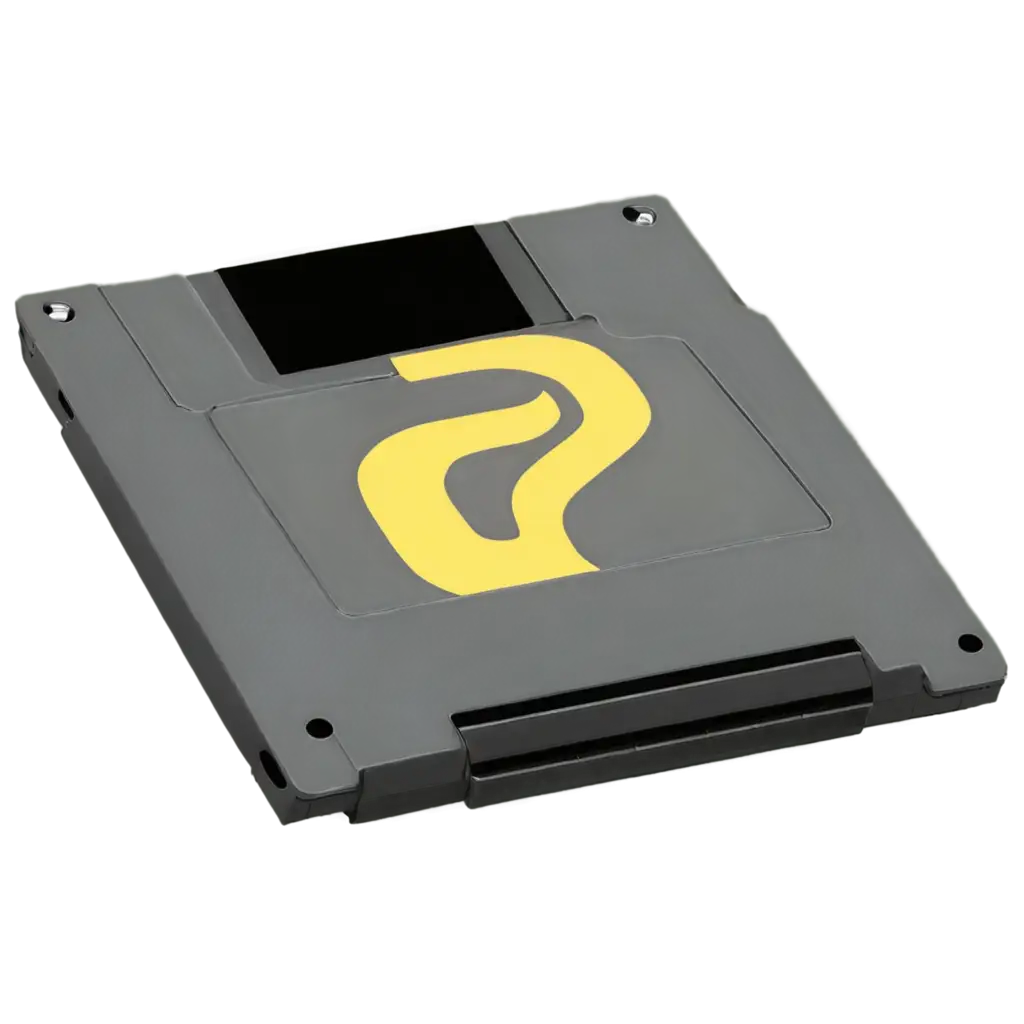7 Free IT transparent PNG images
Explore our comprehensive IT image collection, featuring 7 free AI-generated visuals perfect for technology and computing projects. Browse through our diverse selection of stock photos, 3D objects, vectors, and illustrations representing various aspects of information technology. Each image is available in high resolution for immediate download. Want to customize an image? Simply click 'open in editor' on any image's detail page to adjust the prompt and regenerate a version that perfectly matches your needs.







Related Tags
The visual representation of Information Technology has undergone a dramatic transformation since the early days of computing. Traditional IT imagery often relied on simple binary patterns and circuit board designs. Today's AI-generated IT visuals incorporate sophisticated elements like quantum computing representations, blockchain networks, and cybersecurity concepts. This evolution reflects both technological advancement and changing public perception of IT, moving from abstract technical concepts to more accessible and engaging visual narratives that bridge the gap between complex technology and human understanding.
Evolution of IT Imagery: From Binary to Photorealistic AI Generation
AI-generated IT images serve crucial roles across various business contexts. In corporate presentations, they visualize complex technological infrastructures and data flows. For educational materials, these images break down intricate IT concepts into digestible visual elements. Marketing teams leverage them to illustrate digital transformation and cloud computing services. The versatility of these images extends to website design, technical documentation, and social media content, where they help communicate technical concepts to both expert and non-technical audiences. The high customizability of AI-generated images allows businesses to maintain visual consistency while addressing specific technological themes.
Practical Applications of AI-Generated IT Imagery in Modern Business
Current trends in IT imagery reflect the rapidly evolving technology landscape. Popular themes include visualizations of artificial intelligence with neural network representations, cloud computing infrastructure depicted through interconnected nodes, and cybersecurity concepts illustrated through dynamic shield and lock imagery. The rise of edge computing has introduced new visual metaphors combining cloud and local device imagery. These trends emphasize both the complexity and interconnectedness of modern IT systems while maintaining visual appeal and clarity. The use of futuristic elements, holographic interfaces, and data visualization components continues to shape the aesthetic of IT-related imagery.
Emerging Trends in IT Visual Design: From Cloud Computing to Cybersecurity
Successful IT imagery combines technical accuracy with visual appeal. Key considerations include proper representation of technological concepts, use of appropriate color schemes (often incorporating blues, whites, and metallic tones for a professional tech aesthetic), and balance between abstract and concrete elements. When creating IT visuals, focus on clear hierarchy in network diagrams, accurate representation of hardware components, and proper scaling of infrastructure elements. For maximum impact, incorporate modern design elements like glassmorphism for interface representations, isometric perspectives for system architectures, and dynamic particle effects for data flow visualization. Remember to maintain consistency in style while ensuring the technical aspects remain accurate and recognizable to IT professionals.
Creating Effective IT Visuals: Best Practices and Technical Considerations